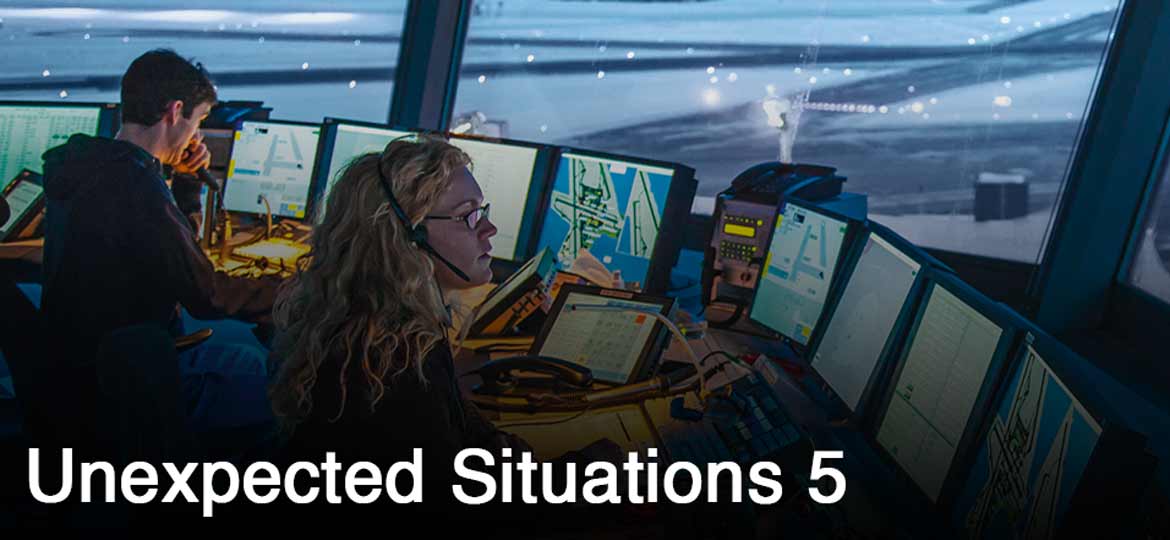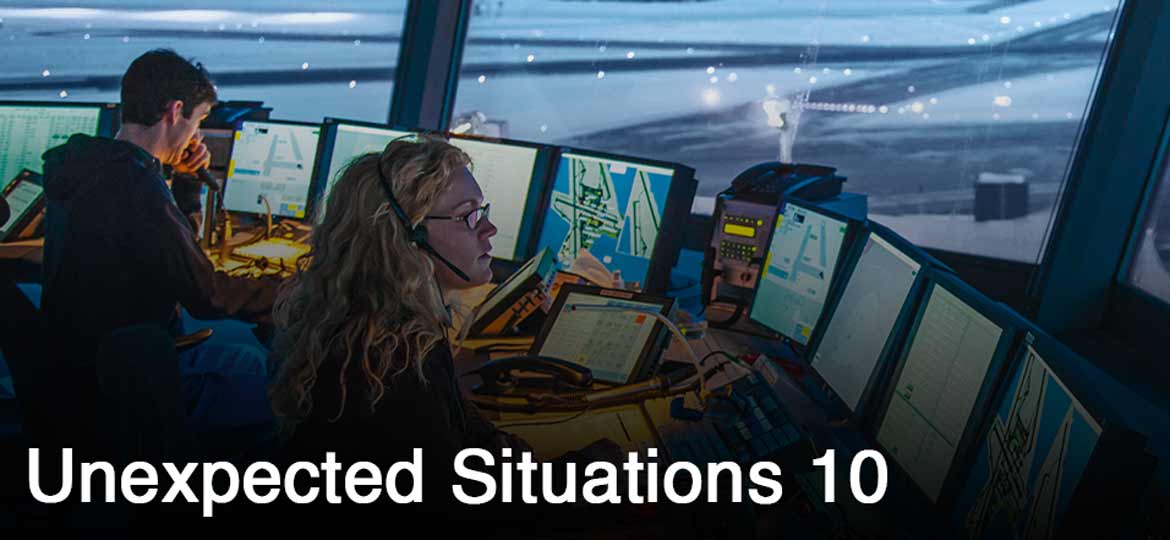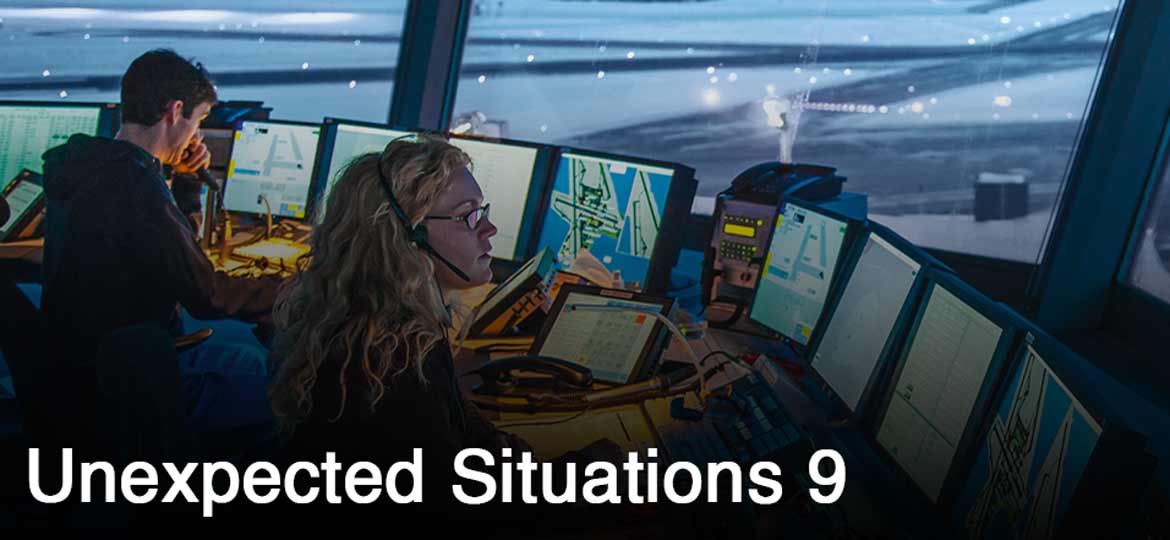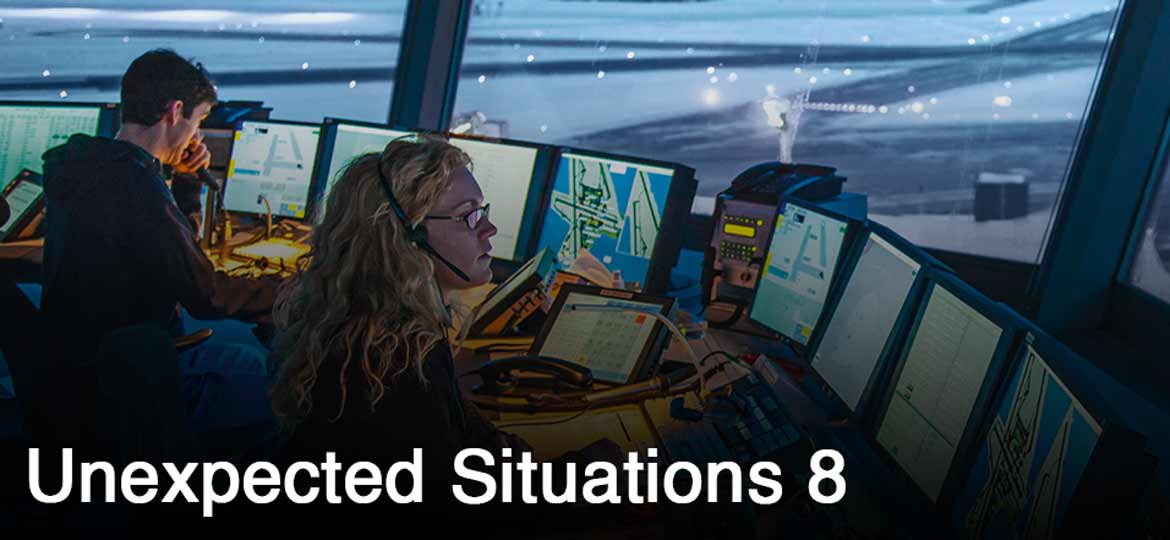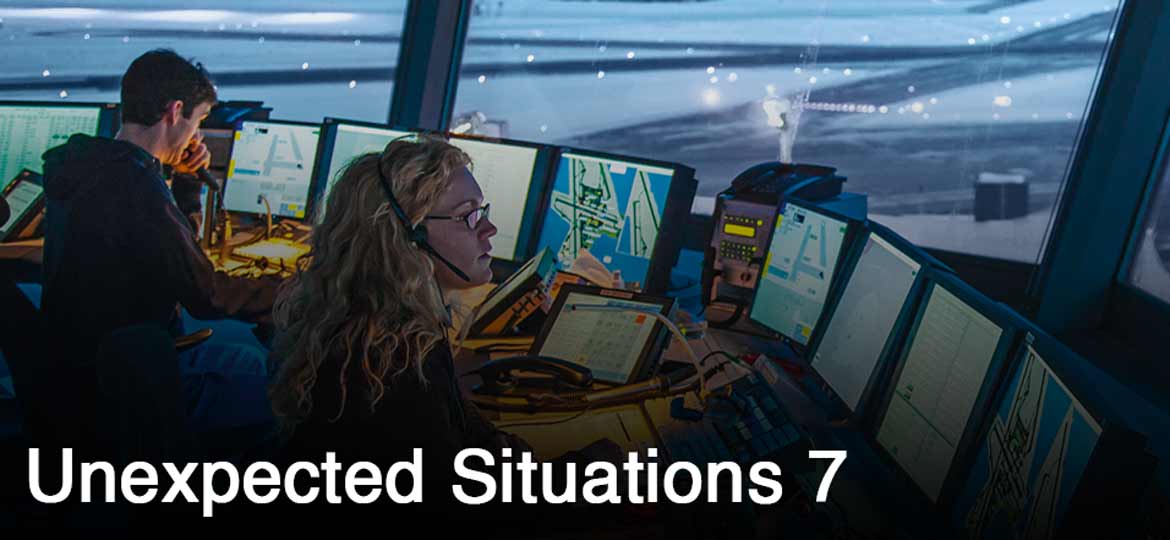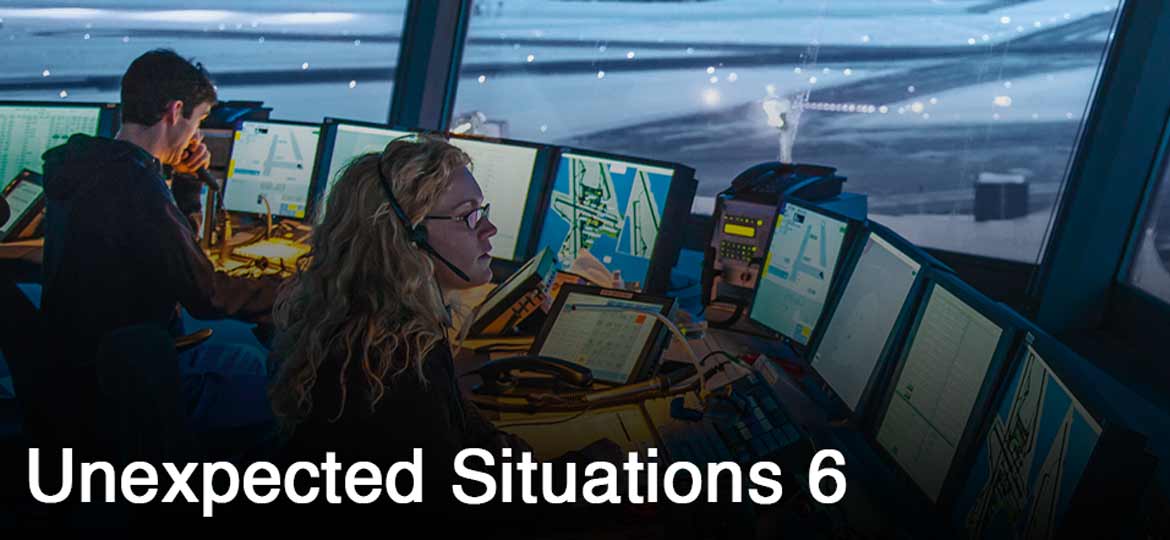In what other situations may pilots need to disengage the autopilot?
SUGGESTED ANSWER ICAO 4
Pilots need to disengage the autopilot in an emergency, when the aircraft is unable to keep flying normally with the autopilot engaged, during the takeoff roll and final approach just after the minimums if not autoland.
What are the reasons that can lead the pilots disregard the ATC instructions?
What may happen to an aircraft if it suffers a bolt of lightning?
Se você gostou desse post do Call to Fly, divulgue utilizando os canais de Mídia!!
Abraço!! Rumo ao topo!
Leandro Araujo
